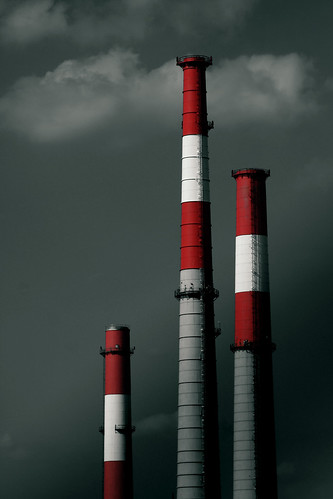EPA regulates big CO2 emitters

 The Environmental Protection Agency started a New Year's resolution of sorts to curb greenhouse gases yesterday. For the first time, the federal government is regulating greenhouse gas emissions such as carbon dioxide.
The Environmental Protection Agency started a New Year's resolution of sorts to curb greenhouse gases yesterday. For the first time, the federal government is regulating greenhouse gas emissions such as carbon dioxide.
Though like many resolutions, results won't be seen for some time. Their regulation schedule calls for proposing compliance rules for fossil fuel power plants in July and petroleum refineries in December. According to the agency, these two sources represent 40 percent of the nation's greenhouse gas emissions. Deeming in 2009 that the pollution represents a public health threat in 2009, the EPA can regulate the gases under the Clean Air Act. The standards won't become final until sometime in 2012.
In the meantime, expect a lot of haggling touting concerns of job loss vs. health and the environment. Many states have already sued the agency, with Texas receiving a temporary stall for the rules last week.
The New York Times reports:
The immediate effect on utilities, refiners and major manufacturers will be small, with the new rules applying only to those planning to build large new facilities or make major modifications to existing plants. The environmental agency estimates that only 400 such facilities will be affected in each of the first few years of the program. Over the next decade, however, the agency plans to regulate virtually all sources of greenhouse gases, imposing efficiency and emissions requirements on nearly every industry and every region.
Whether the EPA's plans materialize over the new decade could factor significantly into reaching the Obama Administration's emissions goals. By 2020, it hopes to cut greenhouse gas emissions by 17 percent (based on 2005 levels).
In December, NASA was reporting 2010 as one of the warmest years in the last 131, tied with 2005.
Image: eflon/Flickr
This post was originally published on Smartplanet.com